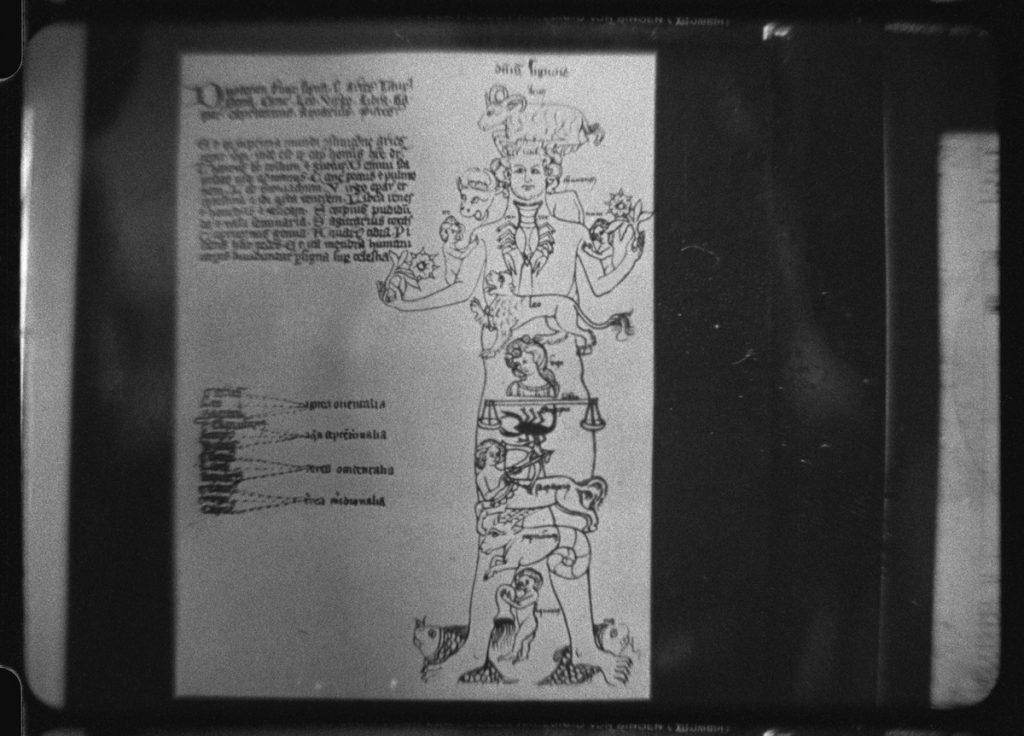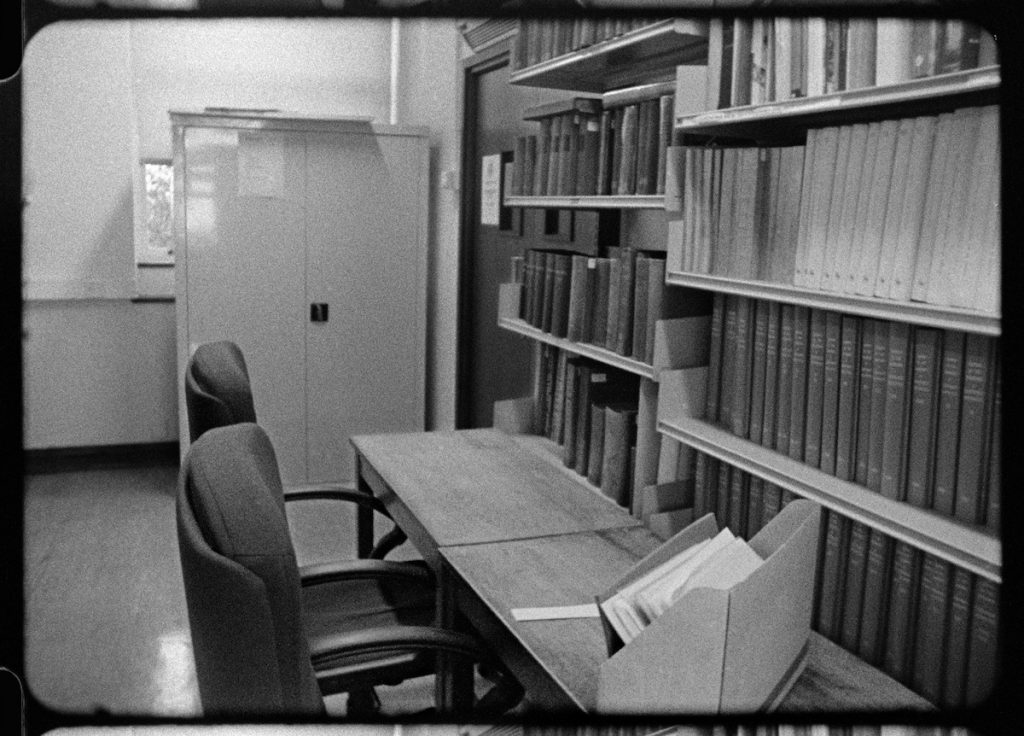Nobody knows, when it was made and why
16mm film, black & white, no sound, 10 min. 22 sec., England 2012







Jiyoung Lee
After Life of Mnemosyne Atlas
Berlin: Archive Books, 2015
Nobody knows, when it was made and why begins with a countdown that gives the impression it would be found footage. The film, which is shot on 16 mm film in 4:3 screen ratio shows black and white images without any sound nor titles for a running time of 10 minutes and 22 seconds. The images are parts of a mysterious piece by Aby Warburg called Mnemosyne Atlas. Warburg is considered one of the most significant art historians in European culture. For the Mnemosyne Atlas, images are gathered and arranged in specific sequences and attached to separate panels, giving the impression that the editing of the panels is somewhat more important than individual images. From this context, one can easily think of a possible proper cinematic way of introducing the Atlas that presents first the panels and then the individual images. [continue reading]
Elke Marhöfer
Nobody knows, when it was made and why
Berlin: Archive Books, 2015
The Mnemosyne Atlas by the art historian Aby Warburg vividly exemplifies that all research and exploration, be it art or science based, is a historical and anthropological procedure that is closely related to colonialism. Thus, almost every European and North American archive, museum, and scientific inquiry radiates thievery and colonial violence. The Atlas, too, outlines and forms knowledge from and about various cultures and practices. However, unlike many historical sciences, it doesn’t split the world in two, separating ancient and current, northern and southern empires, and ‘their’ objects and cultures, instead it searches for continuations of one within the other. In this sense the Atlas can be read as a critical and an affective cartography of heterogeneous encounters and practices, drawn from a manifold of origins. [continue reading]
Thanks to Carolina Soares, Claudia Wedepohl, Eva Schmidt, Ines Rüttinger, Katrin Mayer, Mikhail Lylov, and Fredrik Svensk
Additional support provided by the Warburg Institute London and the Museum für Gegenwartskunst, Siegen
For public or institutional screenings, please contact Arsenal Distribution Berlin








